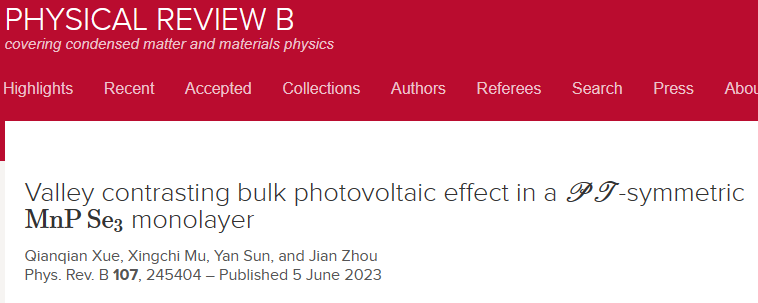
Valleytronics, which uses the inequivalent electronic states at the band extrema in semiconductors, has been considered to play a vital role in the future information read/write technology. In this paper, we show that a sizable valley contrasting bulk photovoltaic (BPV) effect could exist even when the total BPV photocurrent component is symmetrically forbidden. We illustrate this argument by using a prototypical two-dimensional (2D) antiferromagnetic (AFM) semiconductor,MnPSe3 monolayer, that is PTsymmetric (P and T refer to spatial inversion and time-reversal operators, respectively). We show that the Néel vector controls the magnetic point group well, so that the BPV current direction can be altered. In this material, the mirror reflection constrains some BPV components to be symmetrically forbidden. Nonetheless, we show that the local symmetry at the valleys allows finite BPV photocurrent components correspondingly. This would lead to hidden valley-polarized photoconductivity, reaching a magnitude of ∼300µA/V2, observable experimentally. We further predict that the MnPSe3 monolayer is an example of a 2D ferrotoroidic system, also depending on the Néel vector direction, which can be characterized via magnetoelectric response measurements. Hence, we provide an exemplary platform for paving the route to future optospintronic and optovalleytronic devices in a single AFM material.
Link:Phys. Rev. B 107, 245404 (2023) - Valley contrasting bulk photovoltaic effect in a $\mathcal{P}\mathcal{T}$-symmetric $\mathrm{MnP}{\mathrm{Se}}_{3}$ monolayer (aps.org)